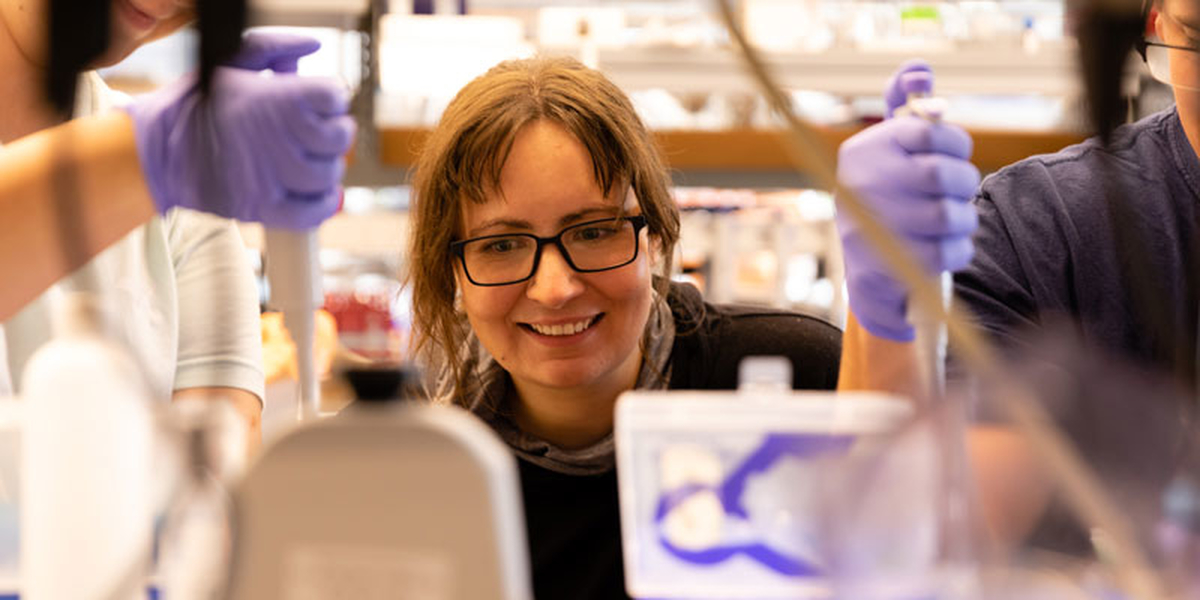
We create a tremendous amount of data each day, something on the order of 2.5 quintillion bytes. That’s a lot, but a decade from now that number will likely seem ridiculously small given current trends. Incrementally increasing the capacity of traditional processors has been the route taken so far, but the National Science Foundation is investing in a decidedly different approach.
Synthetic biologist Kate Adamala is among a group of researchers chosen to advance work on “biocomputers” that integrate synthetic biology with semiconductor technology.
“It’s hard to program cells, which is why we don’t have biological computers yet,” says Adamala. “There are a lot of different genetic circuits out there, but none works perfectly. That’s not good enough to do reliable computing. It has to work 100% of the time.”
The $12 million NSF project the creation of bio-based semiconductors using synthetic biology. Adamala will work with colleagues at MIT and elsewhere to build a bio-based circuit using genetic circuits embedded in synthetic cells. Researchers anticipate that biological structures integrated with semiconductor technology could store 1,000 times more data than current capabilities, and retain the data for more than a century, while consuming much less energy.
The potential applications for the bio-based technology go way beyond data storage. Adamala points to the potential for better prosthetics that interface seamlessly with our bodies in ways traditional devices cannot making them more like an organ implant and less like a device implant. At the macro level, biocomputers composed of synthetic cells that can self-replicate could play a critical role in space exploration as well.
“We are at this stage right now where computers were in the 1940s,” says Adamala. We are part of this bigger effort to make biological computing a reality.” – Stephanie Xenos